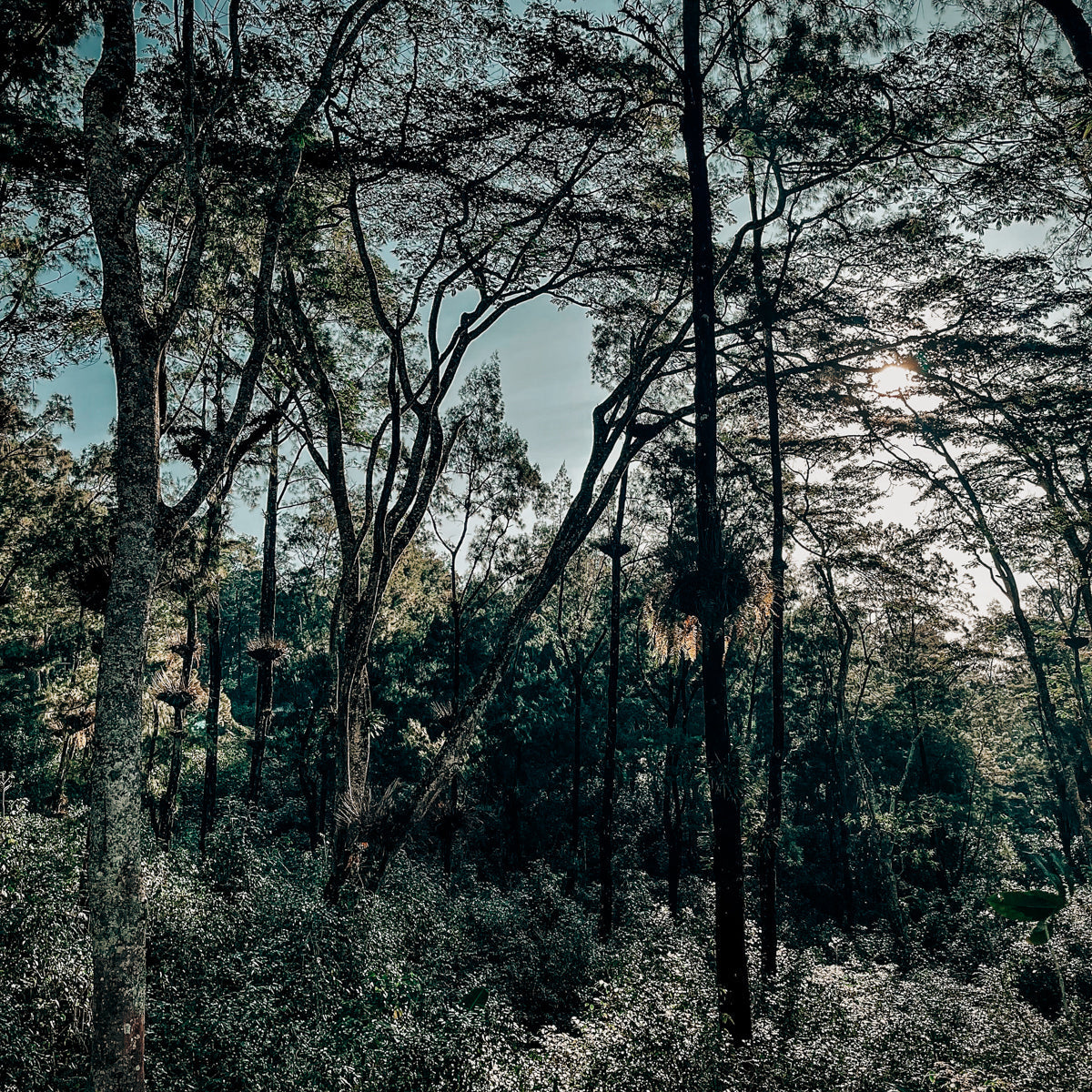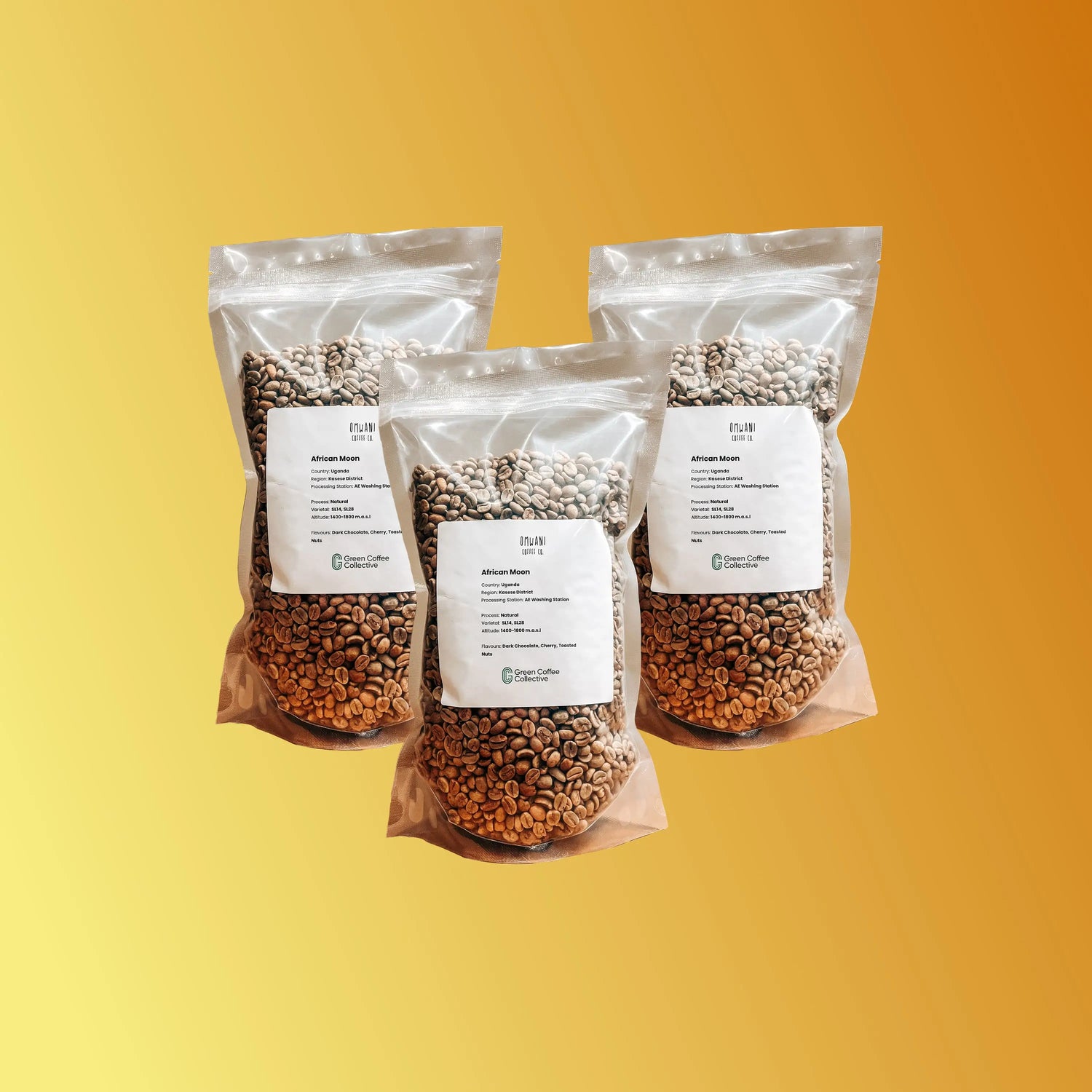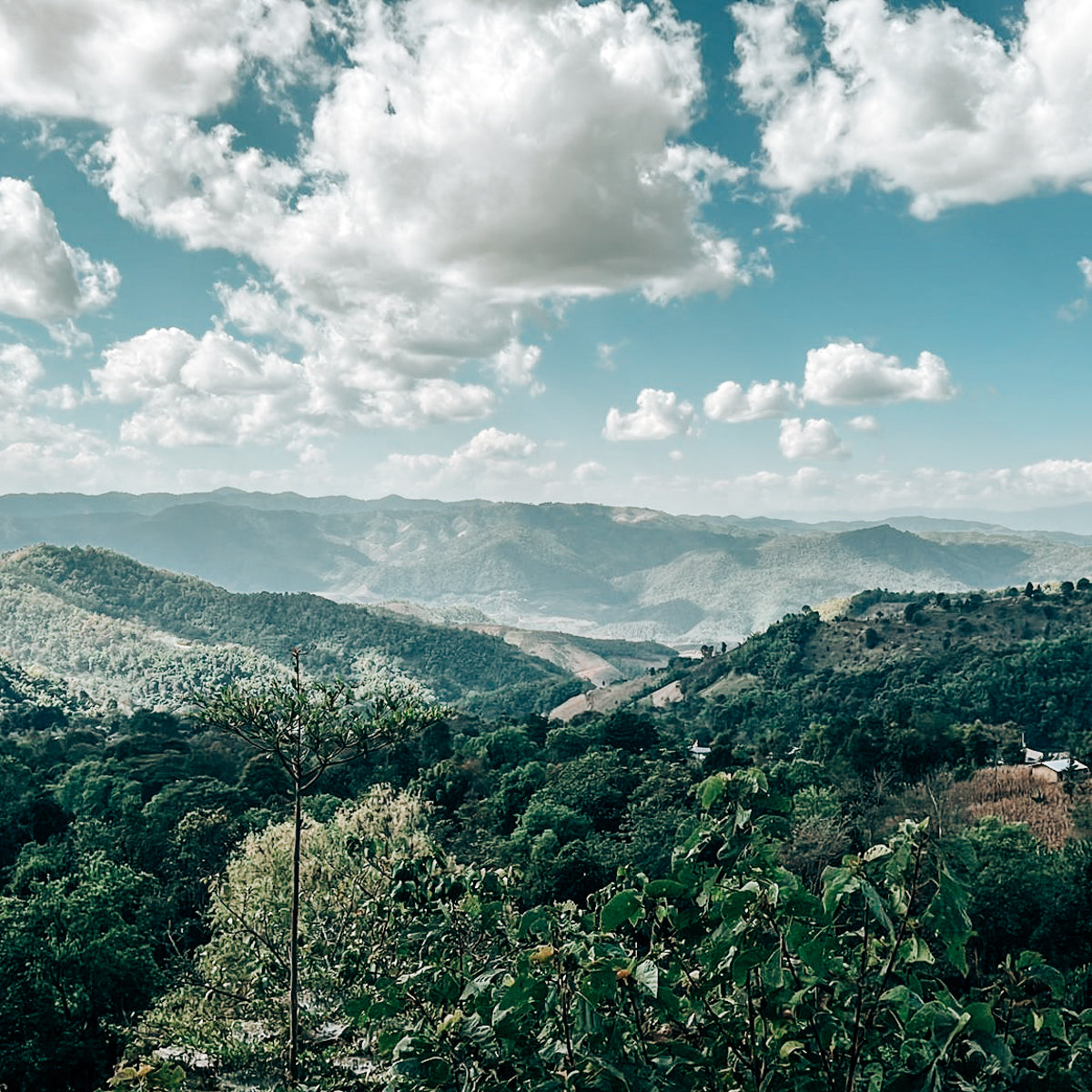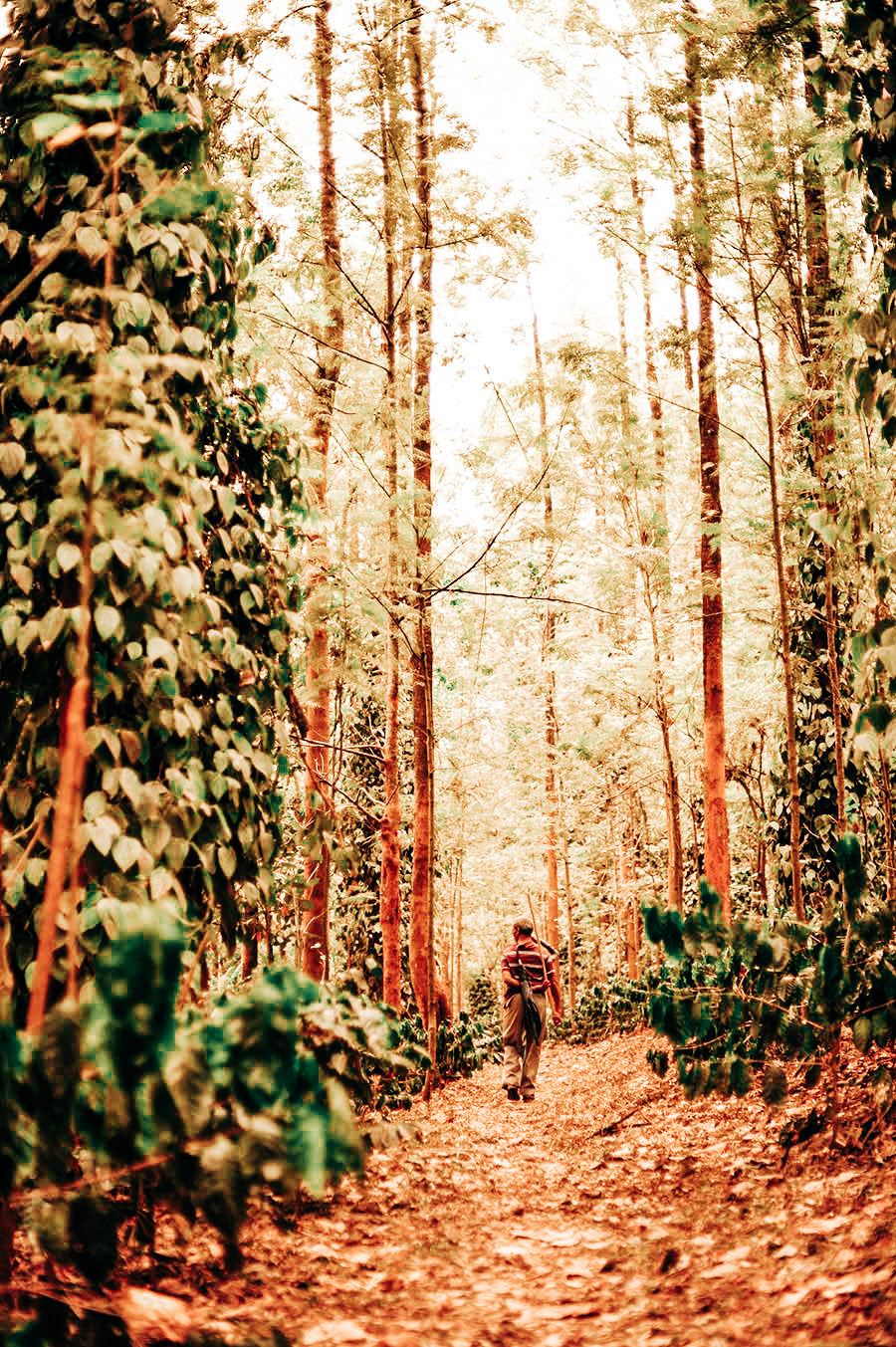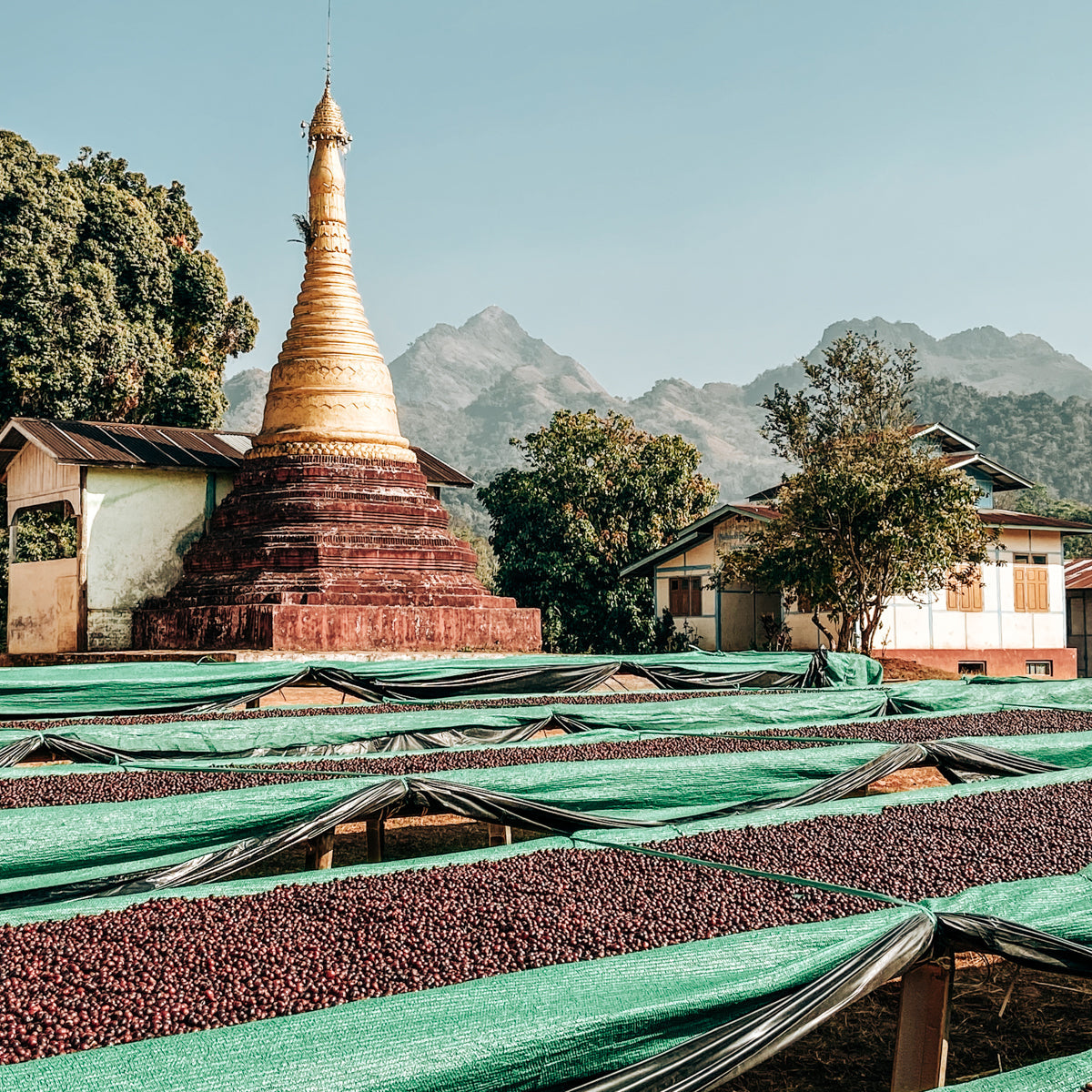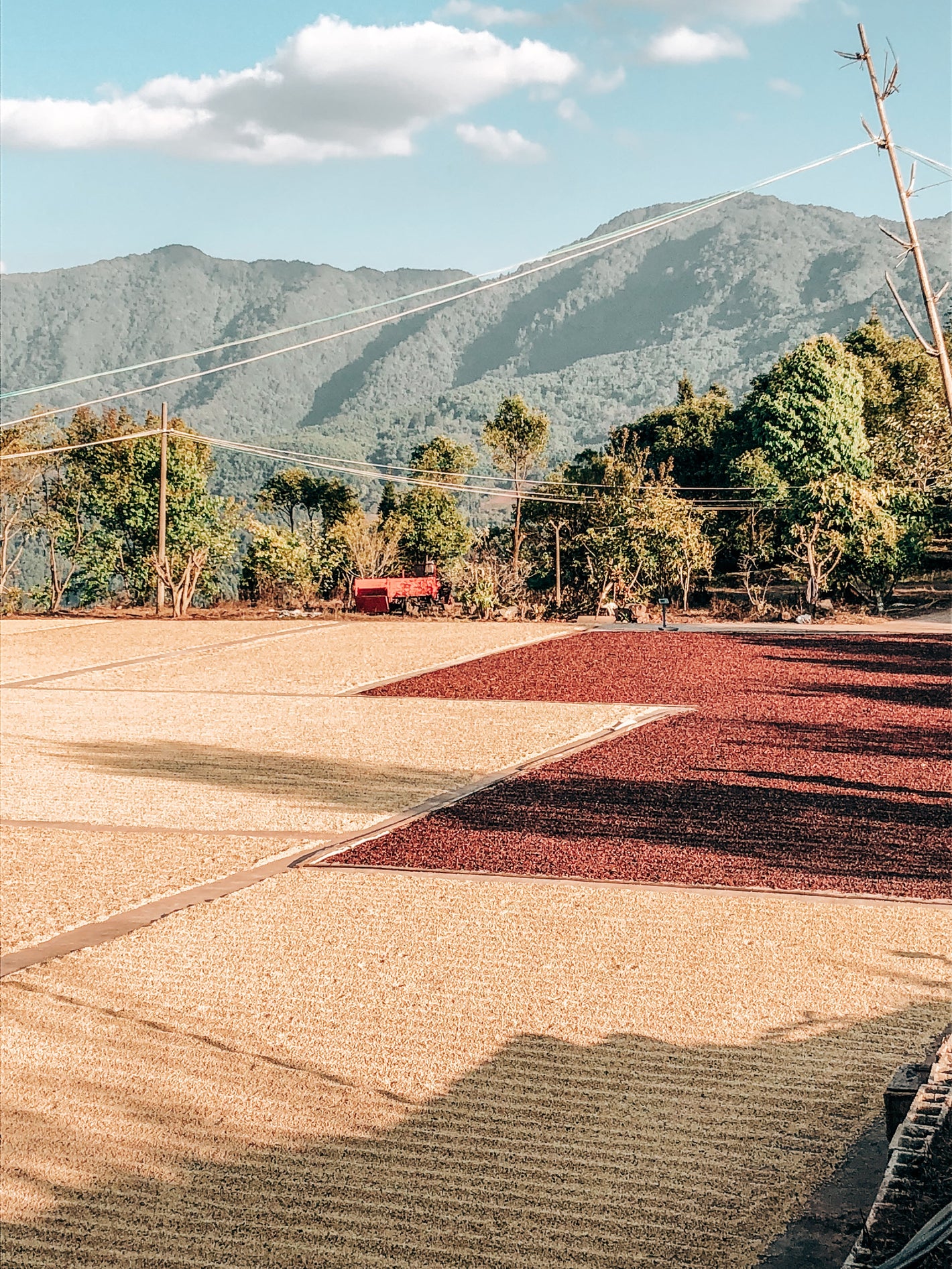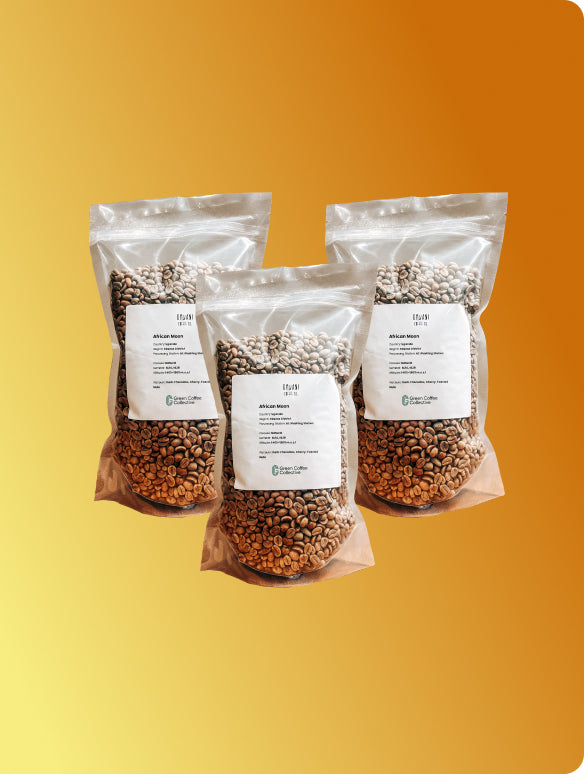How green coffee is handled in Timor-Leste is very important for how it tastes in the cup and how appealing it is to speciality buyers. Even though the country doesn't produce a lot of coffee, the way it processes coffee is varied and always changing, so roasters can get both classic, clean tastes and one-of-a-kind experimental lots.
Washed (Fully Washed) – Most Common
A lot of Timor-Leste's green coffee beans are fully washed before they are processed. This is how the country has always done things. After being picked, cherries are peeled, fermented, and washed several times before being dried, which can happen on raised beds or patios, depending on the area.
This method focuses on freshness, brightness, and a smooth end. It works best for light to medium roast levels, letting floral notes, citrus acidity, and light sweetness stand out. Washes from places like Letefoho and Ainaro are often preferred by roasters who want consistent, clean-tasting profiles for either single-origin products or precise mixing components.
Natural (Dry Processed) – Growing in Popularity
Natural processing has become more popular in recent harvest cycles, especially among producer groups trying out sun-dried, whole-cherry methods. In the past, it wasn't used as much. These lots usually come from places that get a lot of sun and not much rain during the dry season, like lower elevations in Bobonaro or the outer edges of Ermera.
If you look at naturals from Timor-Leste, they usually have more sweetness, richer fruit tones like berry or fig, and a stronger body. This type of coffee works well for medium roasts or mixes that need a rich, fruity component. Natural-processed Timorese green coffee is becoming more popular among roasters who want bold tastes and unique cupping experiences.
Honey Process – Emerging, Limited Scale
Processing honey has started to show up in smaller amounts, but it's not very common yet. This is usually done by quality-conscious makers who are trying out different ways to keep some of the mucilage during drying. These coffees are in between washed and natural, so they often have a rounder body, light acidity, and more sweetness without the fruitiness of full naturals.
Processing honey is still not common in Timor-Leste compared to places like Costa Rica. This is because of limited infrastructure and the need for workers. But when they're available, roasters who want a unique texture and cup complexity with a clean, clear origin buy these lots.
Anaerobic & Experimental Processing – Niche but Emerging
Anaerobic fermentation and other carefully planned ways of testing things are still very new in Timor-Leste. But some microlots, which are often made with the help of NGOs or speciality producers, have started to show fermented fruit tones, wine-like acidity, and exotic aromas, giving adventurous roasters more ways to enjoy their coffee.
These methods need to be carefully controlled and are usually only available in very small amounts. This makes them perfect for competition coffees or unique micro-roastery features.
Regional Processing Practices
Depending on the area and the infrastructure for cooperatives, processing methods often change. Traditional washing methods are used a lot in the highlands, like in Letefoho and Ainaro, where it is cooler and easier to get water. Lower-lying or drier areas, on the other hand, are better for natural processing because the sun can ensure even drying without the risk of fermentation.
Because of this variety of regions, roasters can try different taste profiles from the same origin, whether they want acidity that sparkles, fruity character, or rounded sweetness.
